Zion National Park is a breathtaking showcase of nature’s artistry, where massive sandstone cliffs rise majestically and narrow slot canyons weave through the landscape. This park offers a diverse range of activities, from adrenaline-pumping hikes to serene scenic drives, ensuring that every visitor finds something to cherish. In this guide, discover the essential experiences that make Zion a must-visit destination.
Introduction to Zion National Park
Zion National Park is a true gem in Southern Utah, renowned for its stunning landscapes and diverse ecosystems. Visitors flock to this park not only for its breathtaking views but also for the myriad of activities it offers. From challenging hikes to leisurely strolls, Zion is a haven for adventurers and nature lovers alike. This park, with its towering cliffs and serene canyons, provides an unforgettable backdrop for exploration and relaxation.
Hike to Angels Landing
One of the most iconic hikes in Zion is the trek to Angels Landing. This trail is both exhilarating and daunting, rising 1,500 feet above the canyon floor over 5.4 miles. The hike begins at shuttle stop number six, where adventurers cross the Virgin River before ascending the shaded switchbacks of Refrigerator Canyon. The route features a notorious series of switchbacks, known as Walter’s Wiggles, that challenge even the most seasoned hikers.
At Scout’s Lookout, the last chance to turn back presents itself. For those brave enough to continue, the final stretch requires navigating chains along a narrow spine. The reward? A panoramic view that will leave anyone breathless. Most hikers complete this trail in four to five hours, with spring and fall being the ideal times to conquer this remarkable ascent.

Challenge the Narrows
For those seeking a different kind of adventure, the Narrows offers a unique experience. This hike takes visitors into the Virgin River, making it a wet and wild trek through a narrow slot canyon. Hikers can choose to tackle the entire 16-mile route or opt for a shorter out-and-back section. Waterproof boots are essential, as hikers will find themselves wading through the river.
Before embarking on this journey, it’s crucial to check weather conditions, as heavy rains can lead to flash flooding. For a less strenuous option, the river sidewalk provides a paved path alongside the water, allowing visitors to enjoy the scenery without the challenges of the river.
Visit Kolob Canyon
While many know of Angels Landing and the Narrows, Kolob Canyon remains a hidden treasure within Zion National Park. This remote area is less crowded, providing a peaceful escape for hikers seeking solitude. The highlight is the Subway, a stunning tubular slot canyon perfect for hiking and canyoneering.
The adventure begins at the Left Fork trailhead, where visitors can enjoy a mix of easy walks and steep descents. The lower Subway, characterized by its emerald pools and carved walls, is a photographer’s paradise. A day spent here promises not only stunning sights but also the chance to cool off in refreshing waters.
Hike to the Overlooks
For breathtaking views without the intensity of Angels Landing, the trails to Observation Point and Canyon Overlook are excellent alternatives. Observation Point is actually higher than Angels Landing, offering expansive vistas of Zion Canyon. Hikers can choose between the Weeping Rock Trail or the East Mesa Trailhead, the latter being a shorter 3.3-mile route.
The Canyon Overlook Trail, just half a mile long, is accessible and perfect for families. With railings for safety, this trail allows everyone to enjoy dramatic views of the canyon without the steep climbs associated with other trails.
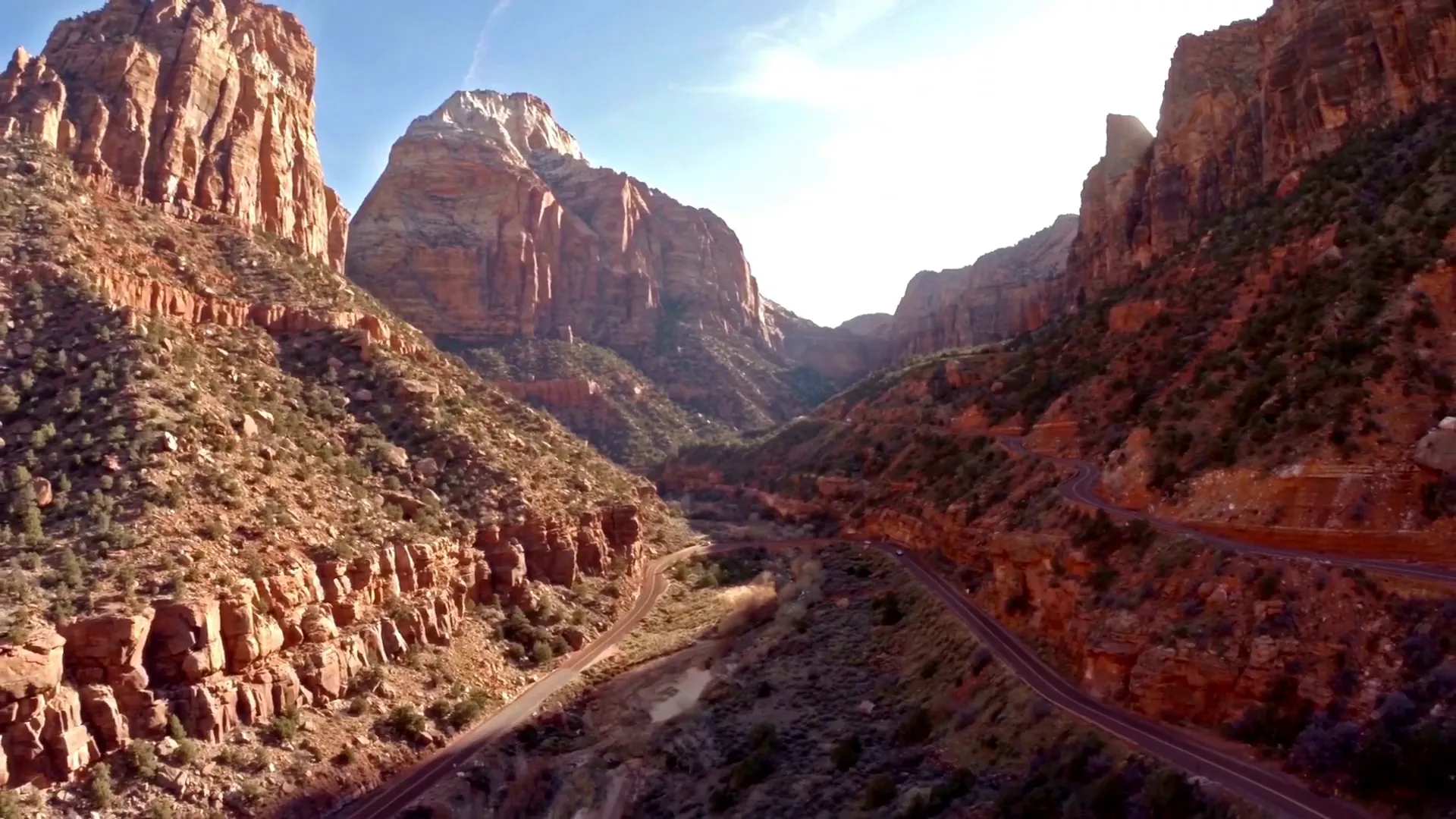
Go for a Scenic Drive
No visit to Zion would be complete without experiencing the stunning scenic drives. The Zion Canyon Scenic Drive, a 54-mile route, meanders through towering cliffs and past major attractions like Weeping Rock and the Temple of Sinawava. This leisurely drive takes about an hour and a half, providing ample opportunities to stop and soak in the views.
For those who prefer cycling, the scenic drive is also open to cyclists, making it a flexible option for exploring the park’s beauty. Additionally, the Zion-Mount Carmel Highway offers a different perspective, taking travelers up to dramatic heights and through a stunning tunnel that showcases the park’s geological wonders.
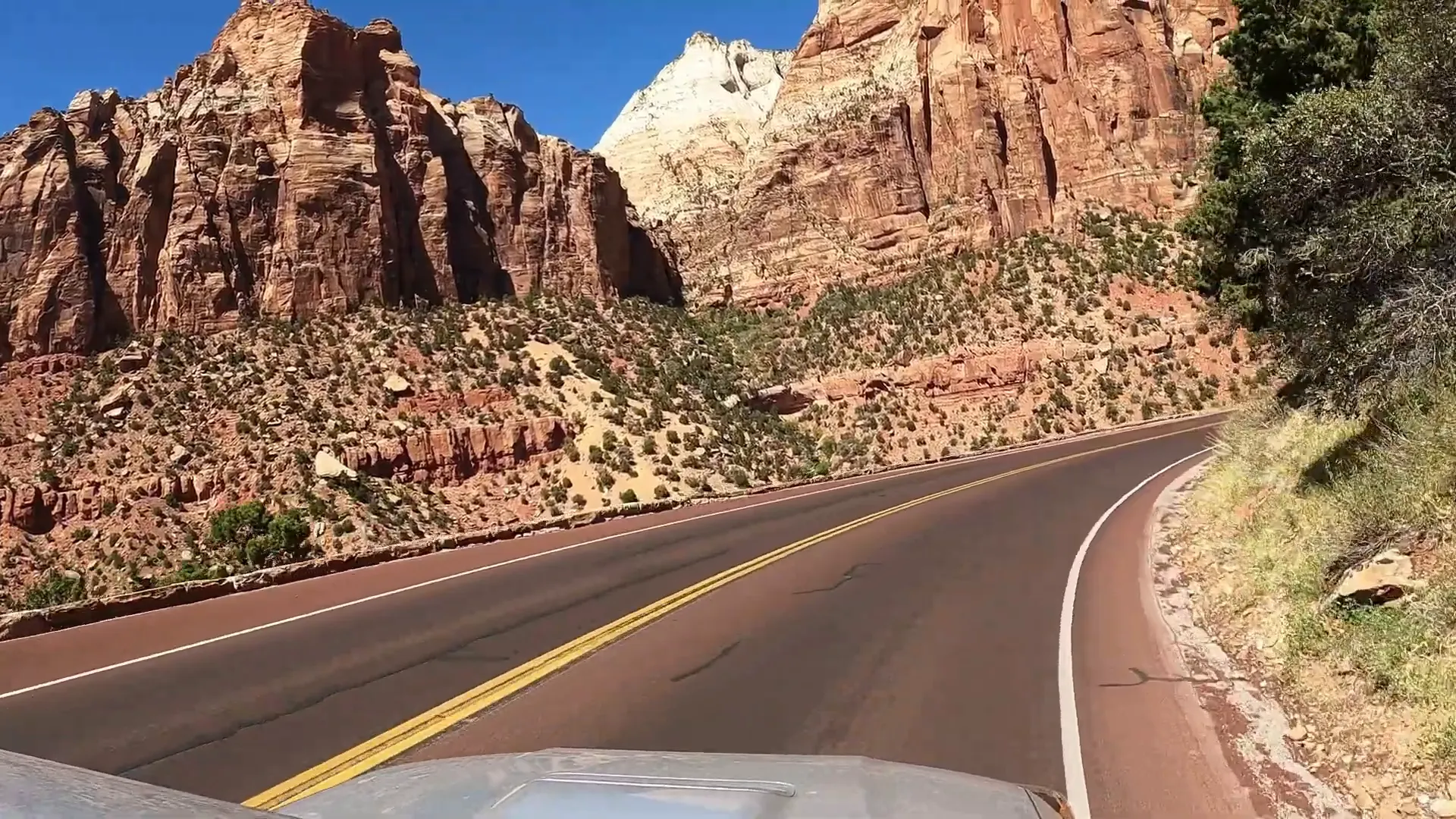
Hike Along the Valley Floor
For visitors seeking a gentle introduction to the stunning landscapes of Zion National Park, hiking along the valley floor offers an accessible yet breathtaking experience. The Emerald Pools Trail stands out as a favorite, winding through lush vegetation and leading to three stunning waterfalls. This 2.2-mile hike is perfect for families and those looking to soak in the beauty without the strenuous climbs typical of other trails.
Another excellent option is the Pa’rus Trail, a fully paved path that spans about 3.5 miles, allowing for leisurely strolls or bike rides. This trail meanders along the Virgin River, providing picturesque views of the canyon walls and opportunities for wildlife spotting. It’s one of the few trails in Zion National Park that welcomes pets, making it a great choice for families traveling with furry companions.
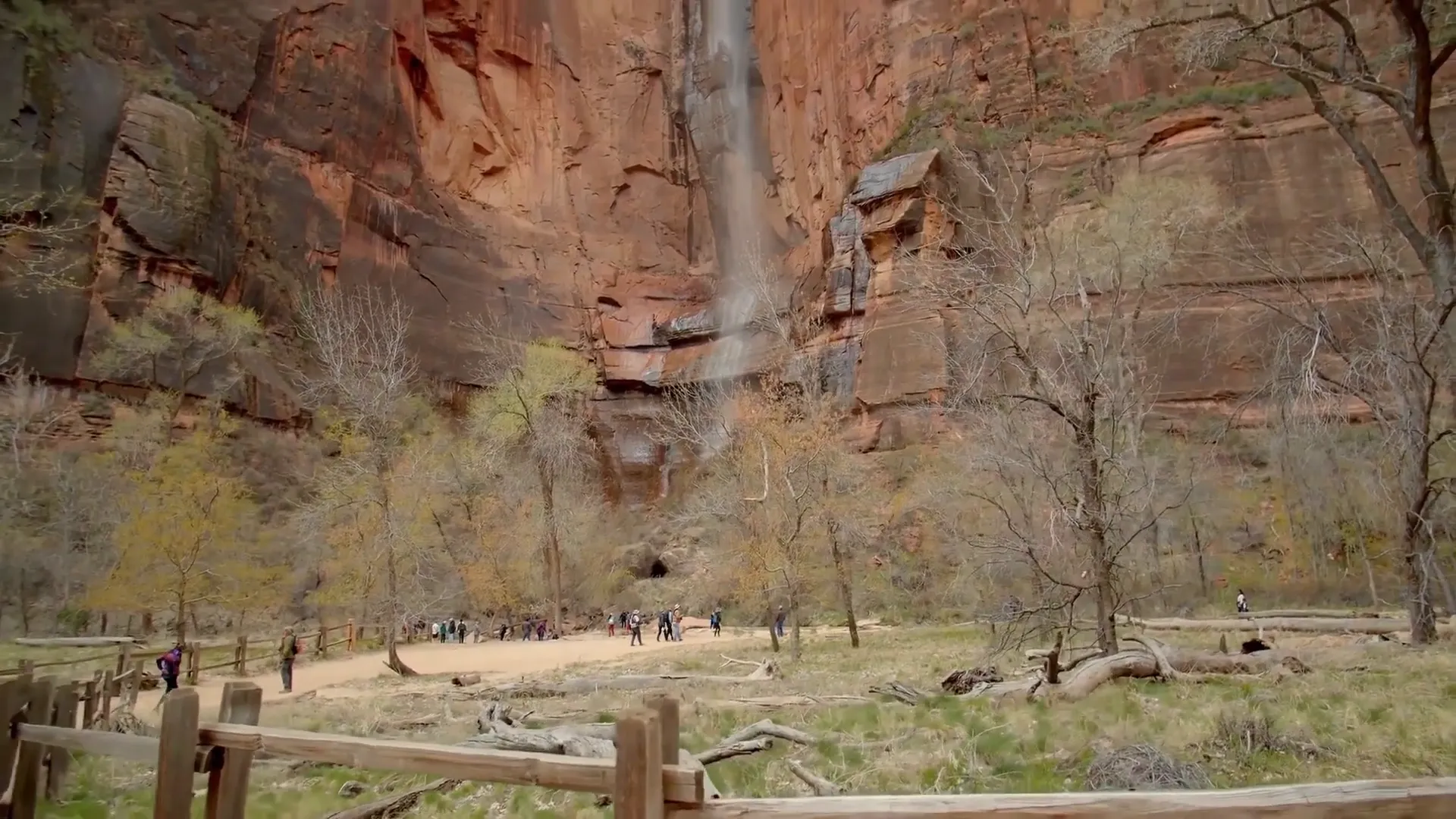
Planning Your Visit
When planning a visit to Zion National Park, it’s essential to consider the time of year, as this can significantly impact the experience. Spring and fall are ideal, with mild temperatures and fewer crowds. Summer brings peak visitation, making parking and trails busier, while winter offers a serene atmosphere with the possibility of snow-capped vistas.
Visitors should also check the park’s shuttle system, which operates from March through late November. The shuttle service helps manage traffic and provides easy access to key trailheads. It’s advisable to arrive early to secure spots on the shuttle, especially during peak season.
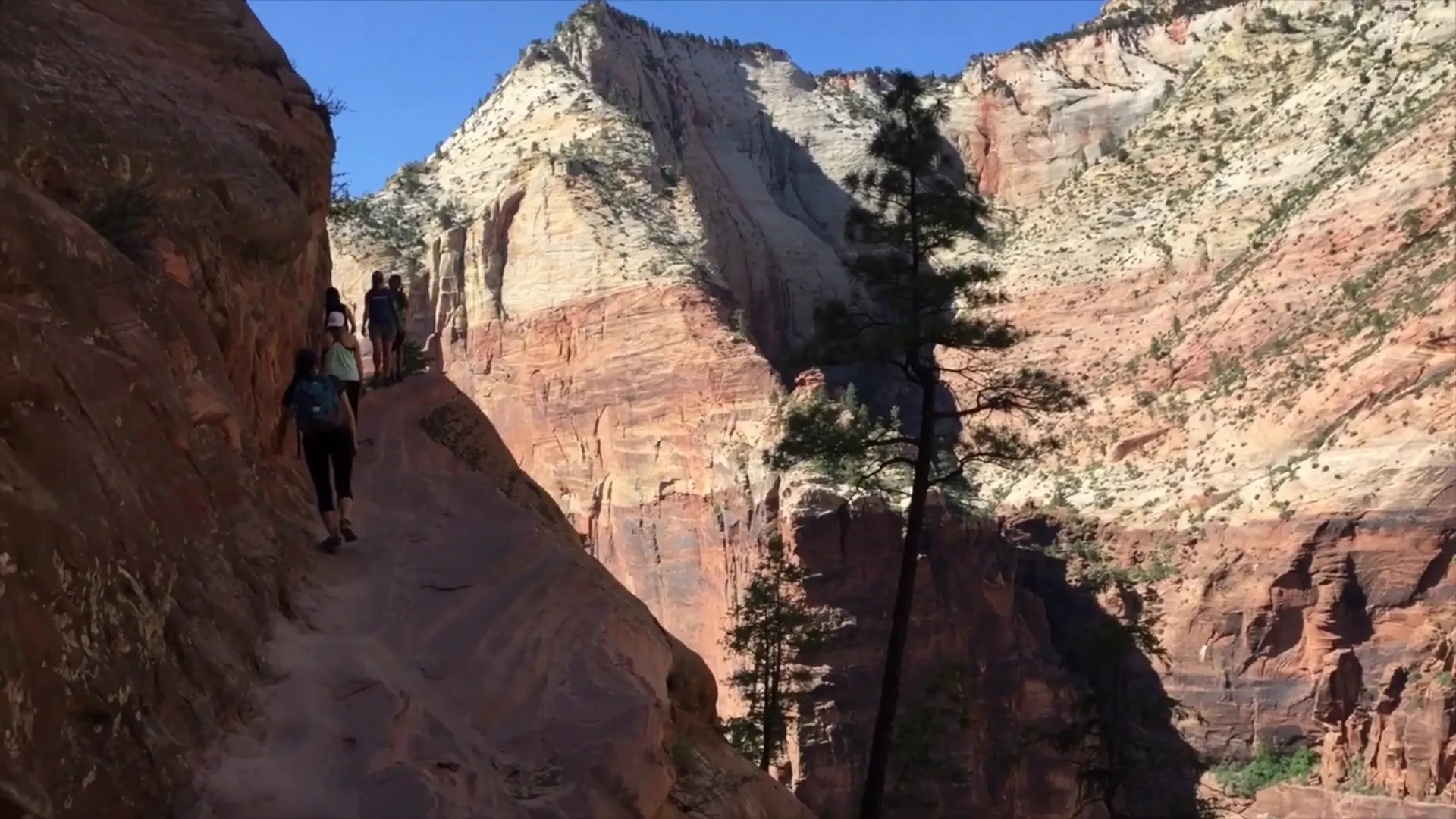
Safety Tips for Hiking in Zion
Safety is paramount when exploring Zion’s diverse terrain. Hikers should always stay hydrated, especially during warmer months, and carry plenty of water. It’s also wise to wear sturdy hiking shoes and dress in layers to accommodate changing weather conditions.
Before setting out, visitors should inform someone about their hiking plans and expected return time. Checking the weather forecast is crucial, as conditions can change rapidly, particularly in areas like the Narrows, where flash floods can occur. Being prepared with the right equipment, such as trekking poles and waterproof bags, can enhance safety and enjoyment.
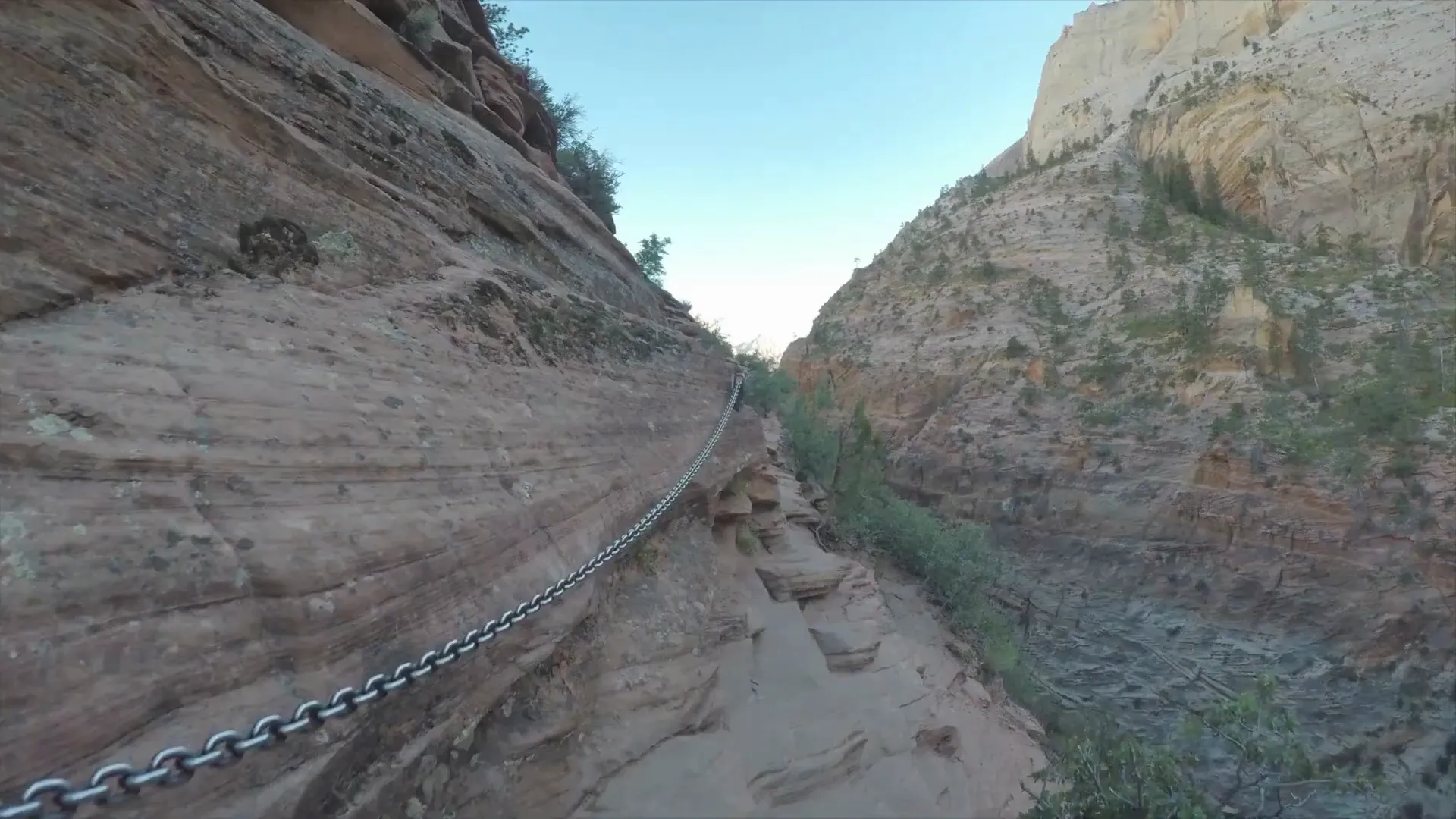
Best Times to Visit Zion National Park
The best times to visit Zion National Park are during the spring (April to June) and fall (September to October). These seasons feature comfortable temperatures for hiking and fewer crowds, making for a more enjoyable experience. In spring, wildflowers bloom, adding vibrant colors to the landscape, while fall showcases stunning foliage.
Summer is the busiest time, with temperatures soaring, particularly in the lower canyon. However, early morning or late afternoon hikes can still be enjoyable. Winter offers a unique perspective, with the park’s red rock formations contrasting beautifully against a blanket of snow, though some trails may be closed due to weather conditions.

Local Attractions Beyond Hiking
Zion National Park is surrounded by numerous attractions that enhance any visit. The charming town of Springdale, located just outside the park’s entrance, offers shops, restaurants, and art galleries, making it a great place to unwind after a day of hiking. Visitors can explore local dining options that showcase the flavors of Southern Utah.
For those interested in history, the nearby Zion Human History Museum provides insights into the park’s cultural and geological significance. Additionally, outdoor enthusiasts can venture to the nearby town of St. George for golfing, or explore the stunning landscapes of Snow Canyon State Park, just a short drive away.
Frequently Asked Questions
- Can I bring my dog to Zion National Park? Yes, pets are allowed on the Pa’rus Trail and in designated campgrounds, but they are not permitted on most trails.
- What should I wear while hiking? It’s advisable to wear comfortable, moisture-wicking clothing and sturdy hiking shoes. Layering is key to adapting to changing temperatures.
- Are there any entrance fees for the park? Yes, there is an entrance fee required for all visitors. Consider purchasing an annual pass if planning multiple visits.
For further insights into planning a trip to Zion National Park, visitors can explore additional resources available on the official website or check out related articles on first-timer’s guide to visiting Zion.

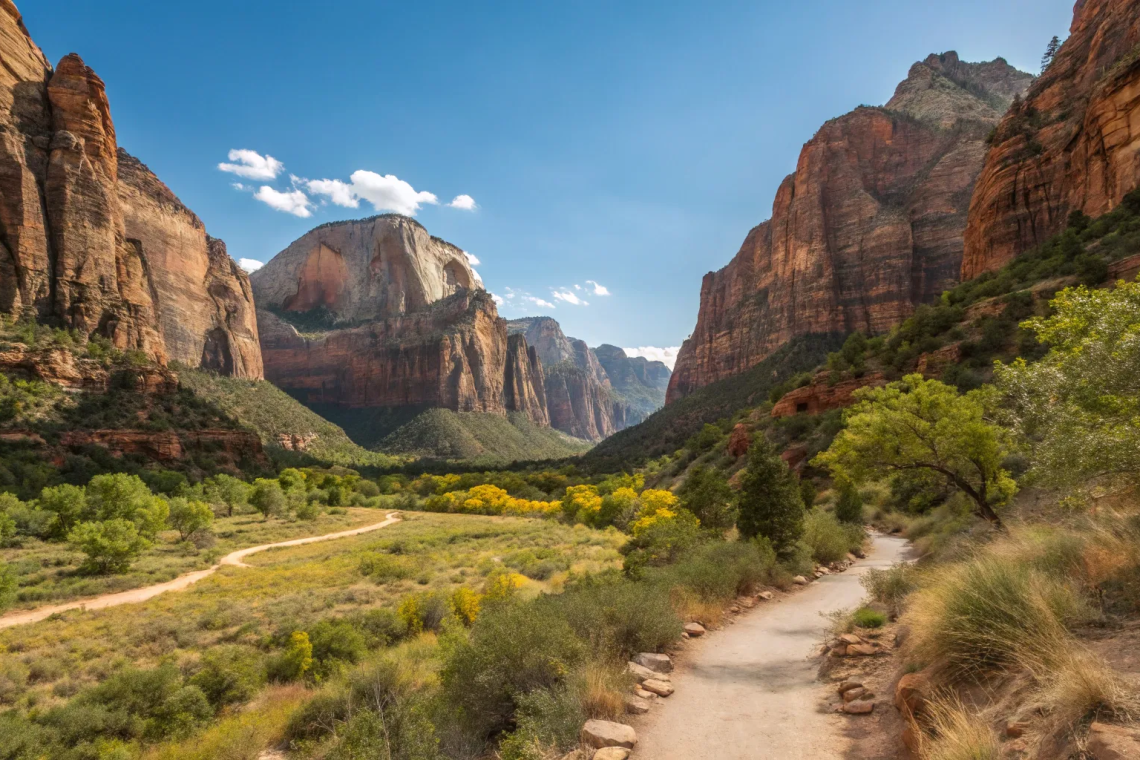







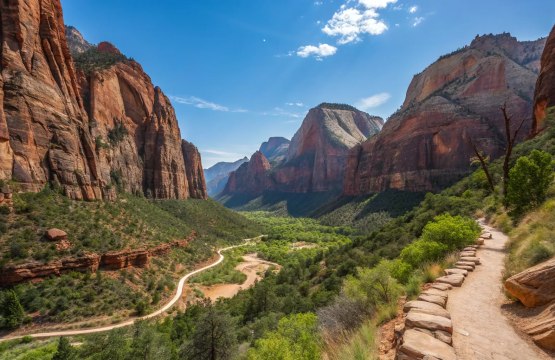
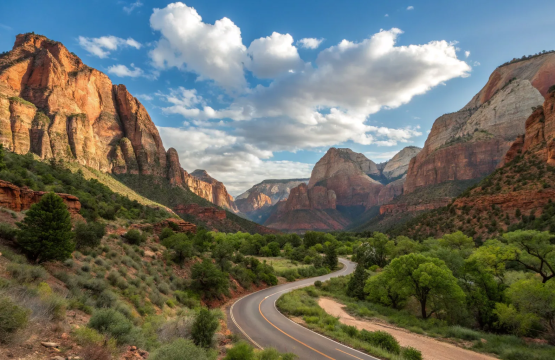
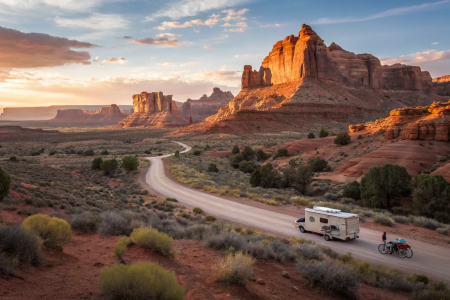
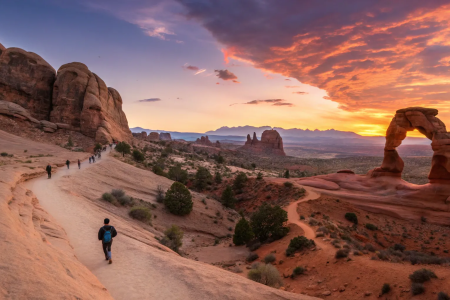
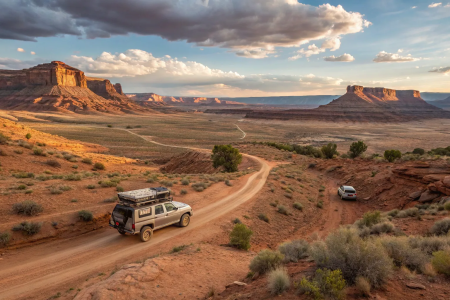

Join The Discussion